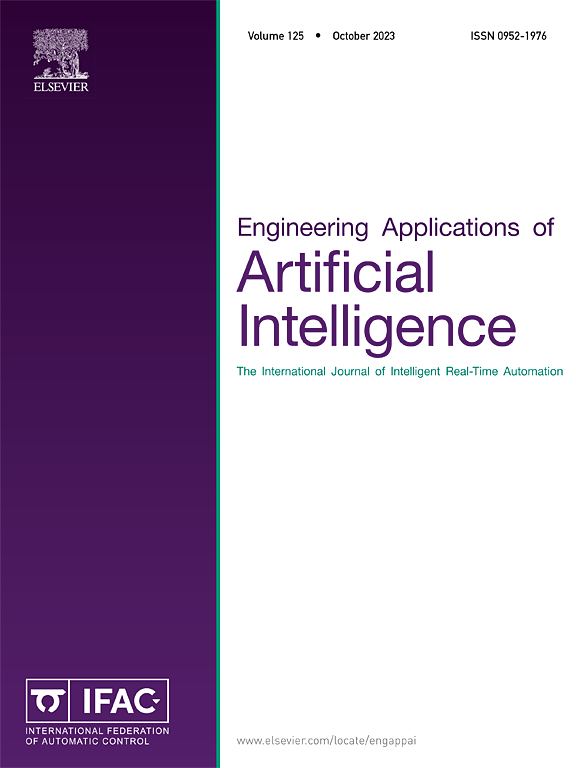Artificial intelligence based-improving reservoir management: An Attention-Guided Fusion Model for predicting injector–producer connectivity
IF 7.5
2区 计算机科学
Q1 AUTOMATION & CONTROL SYSTEMS
Engineering Applications of Artificial Intelligence
Pub Date : 2025-02-17
DOI:10.1016/j.engappai.2025.110205
引用次数: 0
Abstract
The existing oil reservoir demonstrated suboptimal inter-well connectivity, leading to irregular depletion and reduced overall production efficiency. This article demonstrates the Attention-Guided Fusion Model for Injector–Producer Connectivity Estimation (AGFM). The model has an attention mechanism in the first path, pulling discernment from the relationships between injectors and producers through the training phase, extracting the attention weight. This attention weight is then devoted to the second path, utilising a Long-Short-Term Memory (LSTM)-based architecture. The first path is only to the training stage. In contrast, the second path is used during training and testing, improving the ability of the model to find a more significant representation of the data. This makes the model robust enough to predict reservoir performance and interconnectivity, giving valuable insights to optimise field operations. The AGFM undergoes an evaluation with two different injection liquids (carbon dioxide () and water) in three scenarios: all water and all CO2 alternating between water and CO2 as a flooding liquid. The evaluation emphasises the efficacy of the model in all scenarios, making it a practical tool for estimating reservoir connectivity and enhancing oil recovery strategies. The water alternating gas (WAG) process performed high accuracy rates, with 82.1% for oil production, 86.8% for water production, and 86.9% for gas production. Our proposed method consistently demonstrates superior performance through comprehensive experimentation and rigorous analysis compared to existing approaches. The results reveal spatial interwell connectivity, confirming the efficacy and potential of our method as a more effective solution for reservoir recovery.

求助全文
约1分钟内获得全文
求助全文
来源期刊

Engineering Applications of Artificial Intelligence
工程技术-工程:电子与电气
CiteScore
9.60
自引率
10.00%
发文量
505
审稿时长
68 days
期刊介绍:
Artificial Intelligence (AI) is pivotal in driving the fourth industrial revolution, witnessing remarkable advancements across various machine learning methodologies. AI techniques have become indispensable tools for practicing engineers, enabling them to tackle previously insurmountable challenges. Engineering Applications of Artificial Intelligence serves as a global platform for the swift dissemination of research elucidating the practical application of AI methods across all engineering disciplines. Submitted papers are expected to present novel aspects of AI utilized in real-world engineering applications, validated using publicly available datasets to ensure the replicability of research outcomes. Join us in exploring the transformative potential of AI in engineering.
 求助内容:
求助内容: 应助结果提醒方式:
应助结果提醒方式:


